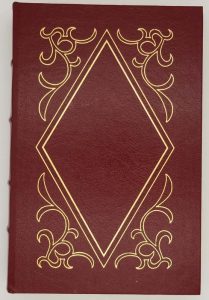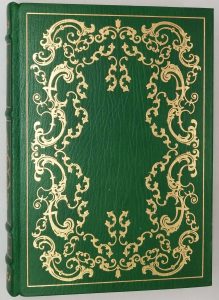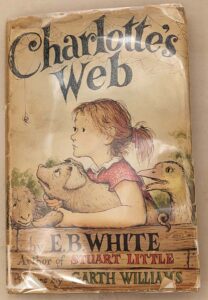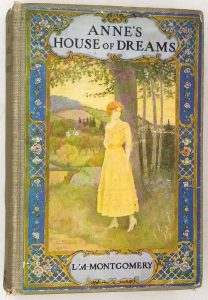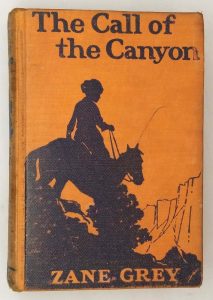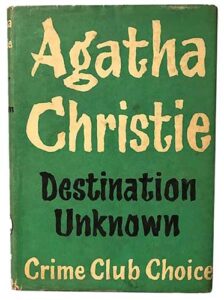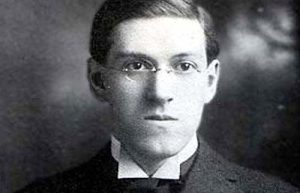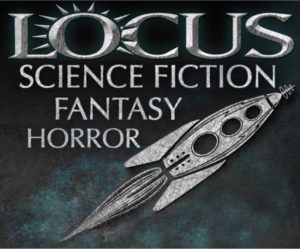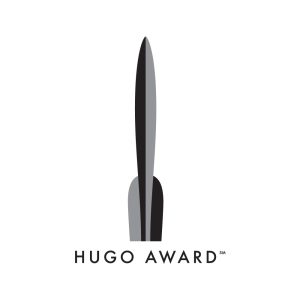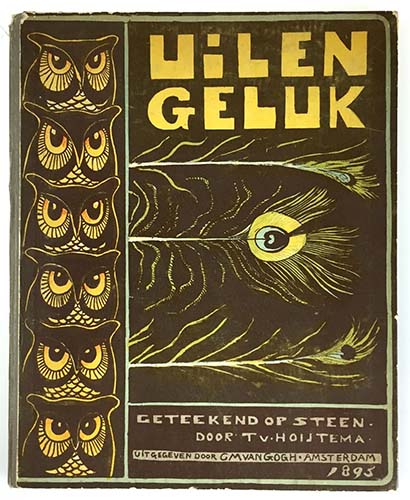
Uilen-geluk (1895), created by Theo van Hoytema, stands as a masterpiece of Dutch fin-de-siècle book art and a landmark in the history of children’s illustration. Published by Van Holkema & Warendorf in Amsterdam, this luxurious picture book unfolds the charming story of an owl family through Hoytema’s revolutionary color lithographs that shimmer with Art Nouveau elegance and Japonisme influences. Each page dazzles with Hoytema’s innovative techniques—delicate brushwork mimicking woodblock prints, intricate patterns inspired by Indonesian batik (a nod to Holland’s colonial connections), and a muted yet sophisticated color palette of ochres, moss greens, and twilight blues. The illustrations demonstrate Hoytema’s genius for balancing decorative sophistication with emotional warmth, as the owl protagonists express remarkably human-like tenderness while retaining their avian majesty. Particularly striking are the nocturnal scenes where moonlight filters through stylized trees, their branches forming organic patterns that frame the compositions like stained glass. The book’s allows Hoytema’s horizontal compositions to flow like a visual symphony, while the thick Van Gelder paper preserves the luminosity of his colors. As one of the first Dutch children’s books to treat illustration as high art, Uilen-geluk set new standards for book design, influencing generations of European illustrators.
About Theo van Hoytema (1863-1917):
This visionary Dutch artist bridged European and Eastern artistic traditions to create a uniquely cosmopolitan style. Trained at the Rijksakademie in Amsterdam, Hoytema became fascinated by Japanese woodblocks after encountering them at the 1883 International Colonial Exhibition. His 1890s work—including Uilen-geluk—synthesized this passion with emerging Art Nouveau sensibilities and his own observations of nature (he kept live owls as models). Unlike contemporaries who sentimentalized animals, Hoytema endowed his creatures with dignified personalities, as seen in the owl family’s expressive eyes and graceful postures. Beyond children’s books, he designed iconic Dutch posters and postcards, always emphasizing handcraft in an increasingly industrial age. Tragically, much of his work was lost when his studio burned in 1904, making surviving Uilen-geluk editions exceptionally precious. This 1895 masterpiece represents his artistic zenith—where technical innovation met profound respect for nature’s beauty—and remains a touchstone of Dutch graphic design history.
For admirers of this edition, these kindred works may captivate:
• Het leelijke jonge eendje (1893) by Theo van Hoytema – his earlier Andersen illustration
• Flower Fables (1888) by Walter Crane – showing parallel Art Nouveau developments
• De kleine Johannes (1906) illustrated by Johan Braakensiek – another Dutch masterpiece
